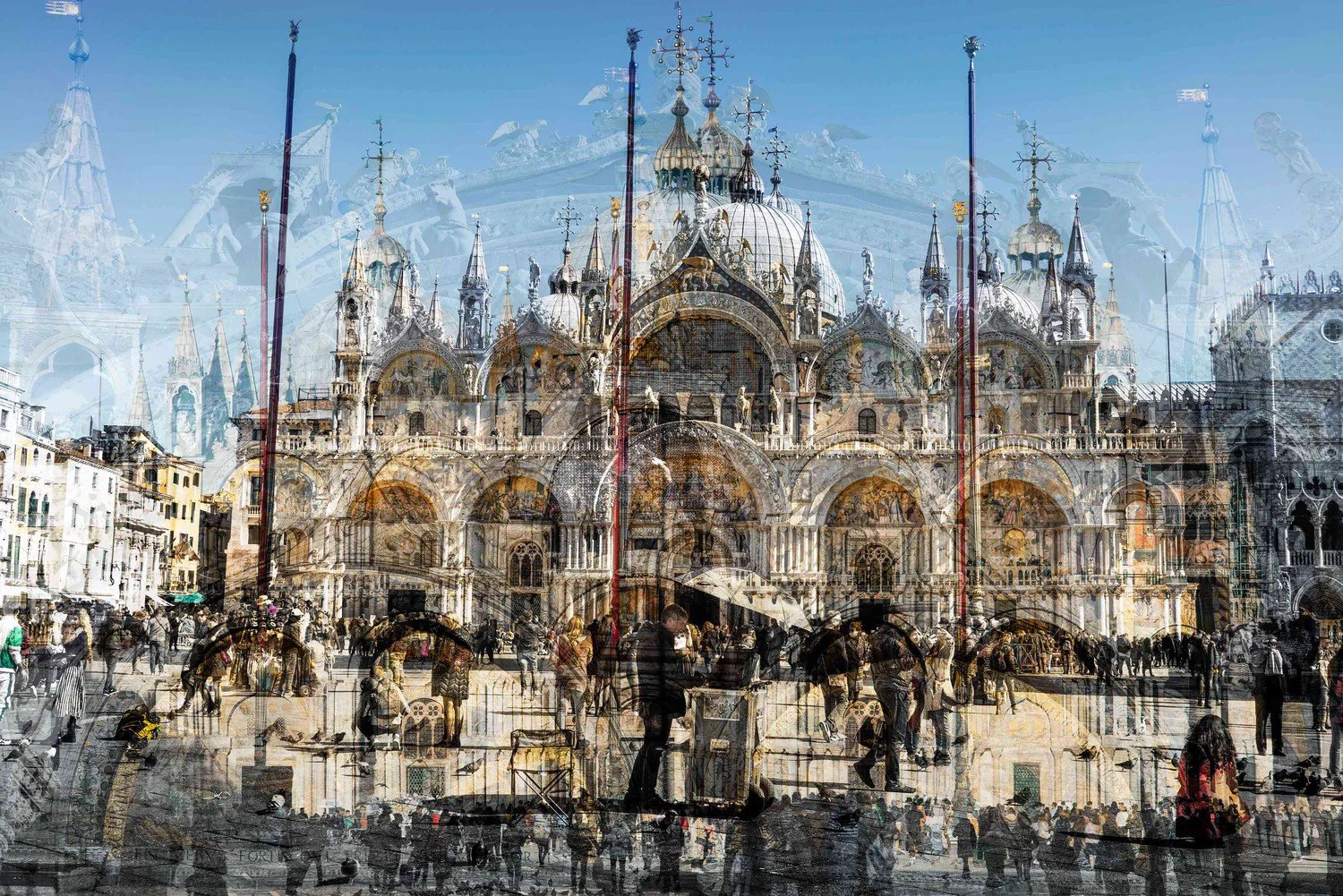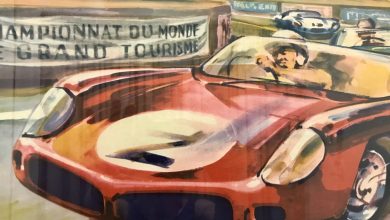Fine Art Photography isn’t just about capturing beautiful scenes; it’s about telling stories without saying a single word. Whether through an evocative portrait, a surreal landscape, or a conceptual shot loaded with symbolism, fine art photographers use their lens as a narrative device. Each image becomes a window into emotion, imagination, and meaning. From gallery exhibitions to curated home collections, Fine Art Photography stands out as one of the most powerful tools for visual storytelling today.
Key Takeaways
- Fine Art Photography prioritizes artistic intention and emotional depth over documentation.
- It uniquely blends technique with creativity to deliver layered narratives.
- Every photograph reflects the photographer’s personal vision, making each piece deeply authentic.
- Visual storytelling through fine art can spark conversations, evoke memories, and shift perspectives.
- Collecting fine art photographs allows you to bring meaningful stories into your personal space.
What Sets Fine Art Photography Apart?
A Story Told with Intention
At the heart of Fine Art Photography lies the intention to communicate something deeper; an idea, a mood, or a message. Unlike documentary or commercial photography, fine art is not just about what’s in front of the lens, but what the photographer sees in their mind. Each shot is crafted to convey a specific theme. For example, a foggy forest scene may reflect solitude or mystery. A composed image can explore culture, ambiance, or the emotional rhythm of a place. The goal is not just to please the eye but to stir the soul.
Vision Over Circumstance
While most photography captures what is, fine art photography often imagines what could be. It might involve staging, props, digital enhancements, or creative lighting to bring an internal vision to life. This artistic freedom allows photographers to break rules, bend reality, and create visual poetry. Even a single still frame can suggest a larger narrative: what came before, what’s happening now, and what might follow.
The Emotional Language of Fine Art
Evoking Feeling Without Words
One of the most remarkable aspects of Fine Art Photography is its emotional impact. Viewers don’t need an explanation to connect with a photo. The emotion is woven into the image itself: a tilt of the head, a splash of color, the shadows of a stormy sky. It’s like reading a novel in one glance. Emotions like longing, awe, melancholy, joy, and even rebellion can be felt through visual details alone. This form of storytelling transcends language barriers, making it a universal medium for communication.
Resonating with Personal Experience
When someone sees a fine art photo that speaks to them, it’s often because it resonates with their own life. Maybe the image reminds them of childhood, a place they’ve been, of a dream they once had, or a feeling they can’t put into words. This kind of personal connection gives the artwork lasting value. That’s why Fine Art Photography isn’t just viewed; it’s experienced.
The Artistic Voice Behind the Lens
The Photographer as Storyteller
Each fine art photographer has a distinct voice. Much like an author or painter, their work often explores recurring themes or concepts that reflect their worldview. Some focus on nature’s stillness, others on human complexity, while some may lean into abstraction or fantasy. Over time, a consistent body of work forms a visual diary of thought, emotion, and growth. A powerful image doesn’t just show us something, it reveals the artist behind it.
Technical Skill Meets Creative Freedom
While creativity drives the vision, technical mastery ensures that vision is fully realized. Fine art photographers must have a solid grasp of composition, lighting, and post-processing. But unlike traditional photography, the rules can be reimagined. A blown-out highlight or a blurred background isn’t necessarily a flaw; it could be a deliberate choice to express fragility or motion. Every element of the photograph, from color grading to cropping, plays a role in the story being told.
The Impact of Fine Art Photography on the Viewer
Provoking Thought and Dialogue
Powerful images often leave you with more questions than answers; and that’s the point. Fine Art Photography invites interpretation. One viewer might see serenity, another might see sadness. This open-endedness makes it perfect for sparking conversations. Whether in a gallery or a living room, a fine art photo can shift perspectives and encourage deeper thinking. It’s not uncommon for viewers to return to the same piece again and again, discovering something new each time.
Becoming Part of a Visual Legacy
Owning a piece of fine art photography means becoming a custodian of its story. For collectors, each photograph represents more than just decor; it becomes part of their identity, values, and aesthetic. Photographs that speak powerfully today often become timeless works of visual culture tomorrow.
Frequently Asked Questions (FAQs)
- What defines Fine Art Photography compared to other genres? Fine Art Photography focuses on creative expression and conceptual storytelling, rather than simply documenting reality. The photographer’s vision, message, and artistic choices define the work.
- Can Fine Art Photography be staged or digitally altered? Absolutely. Many fine art photographs are meticulously composed, staged, or enhanced to reflect the artist’s vision. It’s less about capturing a moment and more about creating one.
- Is Fine Art Photography suitable for home decor? Yes. Many people choose fine art prints to add depth, personality, and emotion to their living spaces. It’s an an elegant way to make a room feel more reflective and thought-provoking.
- How can I tell if a photograph is fine art? Look for intention, originality, and emotional resonance. Fine art photos often explore themes and display a strong personal style. Artist statements or exhibition details can also provide insight.
- Why invest in Fine Art Photography? Beyond its aesthetic value, fine art photography is a lasting form of emotional and intellectual expression. It brings meaning into spaces and supports artists who are shaping visual culture.
Conclusion
Fine Art Photography is much more than just an image on a wall. It’s a medium that transforms moments into meaning, silence into stories, and vision into something tangible. From the hands of the photographer to the heart of the viewer, each piece invites us to pause, reflect, and feel. In a world filled with constant visual noise, fine art gives us clarity; a chance to see not just what’s there, but what’s possible. Whether you’re an art enthusiast, a seasoned collector, or someone simply searching for the perfect statement piece, discover how Fine Art Photography can elevate your space and stir your soul. Explore the emotional depth and storytelling power of photography collections at charlottefonne.com, where art and meaning meet.




